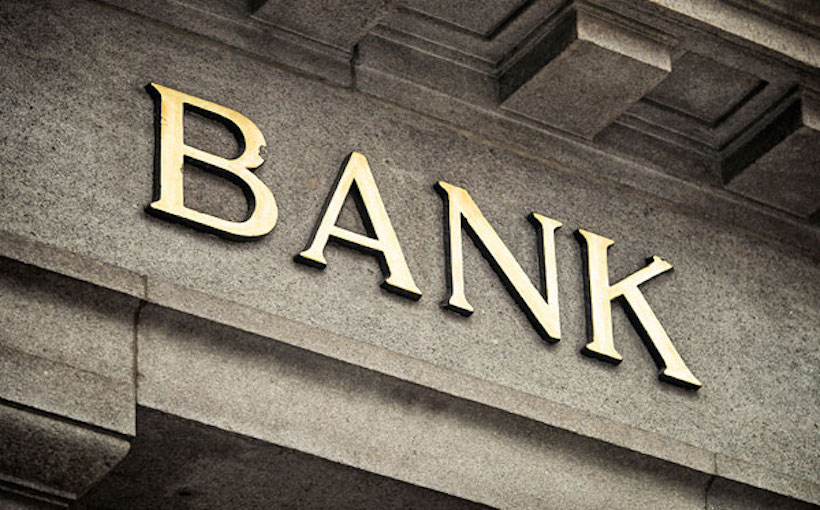A recent study has revealed that nearly 190 U.S. banks may be at risk of collapse due to the fragility of the banking system in light of recent bank failures and Federal Reserve’s aggressive interest rate hikes. According to economists, these banks are potentially vulnerable to a run on deposits if half their uninsured depositors—those with deposits greater than $250,000—decide to withdraw their funds.
Regional banks have been particularly affected by the Fed’s rate increases as they have caused a decrease in value for bank assets such as government bonds and mortgage-backed securities which generally pay fixed rates that become less attractive when interest rates rise and investors no longer prefer them over other options available in the market. Many banks increased their holdings during pandemic times when loan demand was weak but deposit amounts were plentiful; however, some may face actual losses if they need liquidity or are forced into selling securities for other reasons according to research from The Federal Reserve Bank of St Louis .
Furthermore, even insured depositors (those with $250K or less) could be put at risk should FDIC’s deposit insurance fund start incurring losses due to any potential runs on these vulnerable institutions – making it clear why this is an issue worth monitoring closely going forward..




